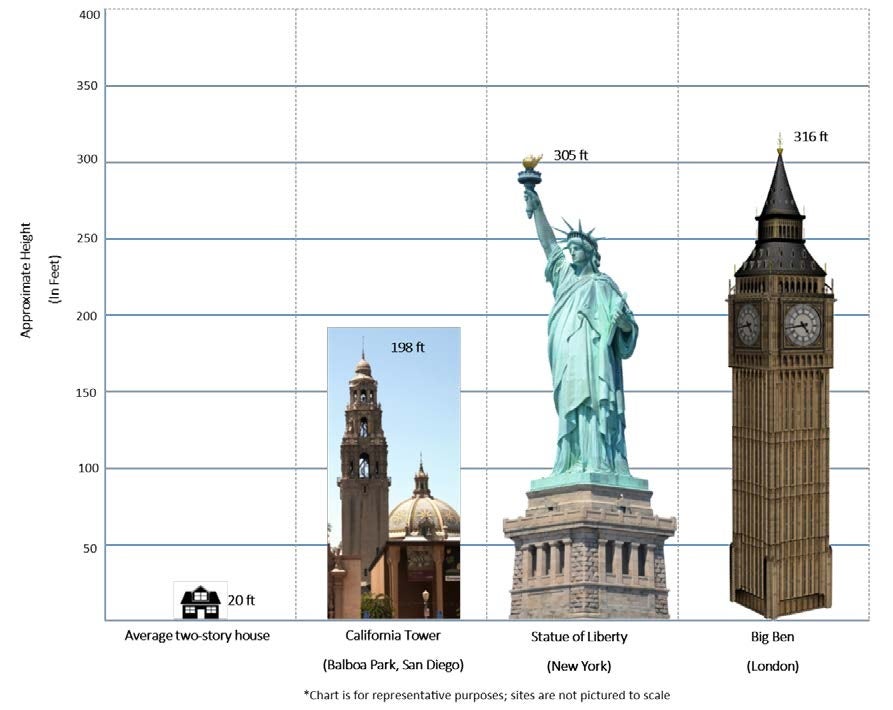Regulations
Regardless of whether you're new to flying drones or have years of aviation experience, there are rules and safety guidelines designed to ensure you fly safely.

In our city, drones—unmanned aircraft that people often fly for fun or work—are becoming more popular. These flying gadgets are used by hobbyists, businesses, and even emergency responders for everything from taking stunning photos to inspecting buildings. As more people start using drones, the Federal Aviation Administration (FAA) has set rules to make sure they fly safely. The City of San Diego supports safe drone flying, so it's important to know where you can fly and how to do it responsibly, keeping the safety of others in mind. Let’s dive into the exciting world of drones and discover how to enjoy them while following the rules!
General Safety
The Federal Aviation Administration (FAA) is responsible for the safety of all civil aviation in the nation. This includes all manned and unmanned aircraft operating within the jurisdiction of the United States. The FAA regulates civil aviation by developing, issuing, and enforcing regulations and minimum standards that cover the manufacturing, operating, and maintaining of aircraft. Drone operators must follow all FAA safety guidelines during operation and register your drone with the FAA.
If you feel there is an immediate threat to life or property, call 911.
San Diego Municipal Code
- Article 2: Police – Police Regulations – Offenses against Government
- Article 9.5 Noise Abatement and Control, Division 4: Limits
- SDMC 52.5403(a) Reckless UAS Flying
- SDMC 52.5403(d) Interfere with 1st Responder Air Operation
Federal Code
- 14 CFR Part 107 for small Unmanned Aircraft Systems (UAS)
- UAS Operations Over People Rule: Drone pilot certification and operating rules for civil small unmanned aircrafts weighing less than 55 pounds – Requires a waiver for operating over people or at night.
- FAA-Certificated Commercial Drone Pilot (Eligibility & Knowledge Test)
General Guidelines for All Drone Operators
- Register your drone with the FAA at www.FAADroneZone.FAA.gov
- Follow the safety guidelines of a model aircraft community-based organization
- Fly at or below 400 feet/122 meters when in uncontrolled airspace (Class G) (VISUAL FOR REFERENCE - CITY OF SAN DIEGO IF POSSIBLE)
- Do not fly in controlled airspace except at FAA-approved sites
- Fly within visual line-of-sight, meaning you as the drone operator must be able to use your own eyes and needed contacts or glasses to ensure you can see your drone at all times; this means using binoculars or First-Person View (FPV) goggles are not allowed
- Never fly near other aircraft.
- Never fly over groups of people, public events, or stadiums full of people.
- Never fly near or over emergency response efforts.
- Never fly under the influence of drugs or alcohol.
- Stay away from stadiums during sporting events, airports, military bases, and other Security Sensitive sites
- Be aware of connectivity challenges with high skyline density.
- The City of San Diego discourages drone flights over critical infrastructure such as airports, water and sewer treatment plants, military bases, power stations, police and fire stations, hospitals, fuel, gas, and battery storage facilities, and other restricted areas identified by the FAA.
Additional Guidelines for Drone Operators in the City of San Diego
- Do not fly in, over, or through sensitive habitats (see map).
- Do not fly over public safety buildings or spaces during emergency operations.
- Don’t fly over persons, crowds, or heavily populated areas.
- Create a safe cordoned flight zone.
- Fly over structures or open space.
- Have a valid 14CFR107 certificate or equivalent.
- Have an FAA COA.
- Have a $1M insurance policy.
- Have a SPECIFIC flight operational plan.
- ** PLAN AHEAD**
Considerations When Flying a Drone
- Drone batteries can are dense and start lithium fires when damaged
- Pilots are responsible for safe flight aspects:
- Location – what is underneath
- Airworthiness – Maintenance plan, drone inspection



